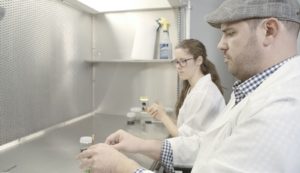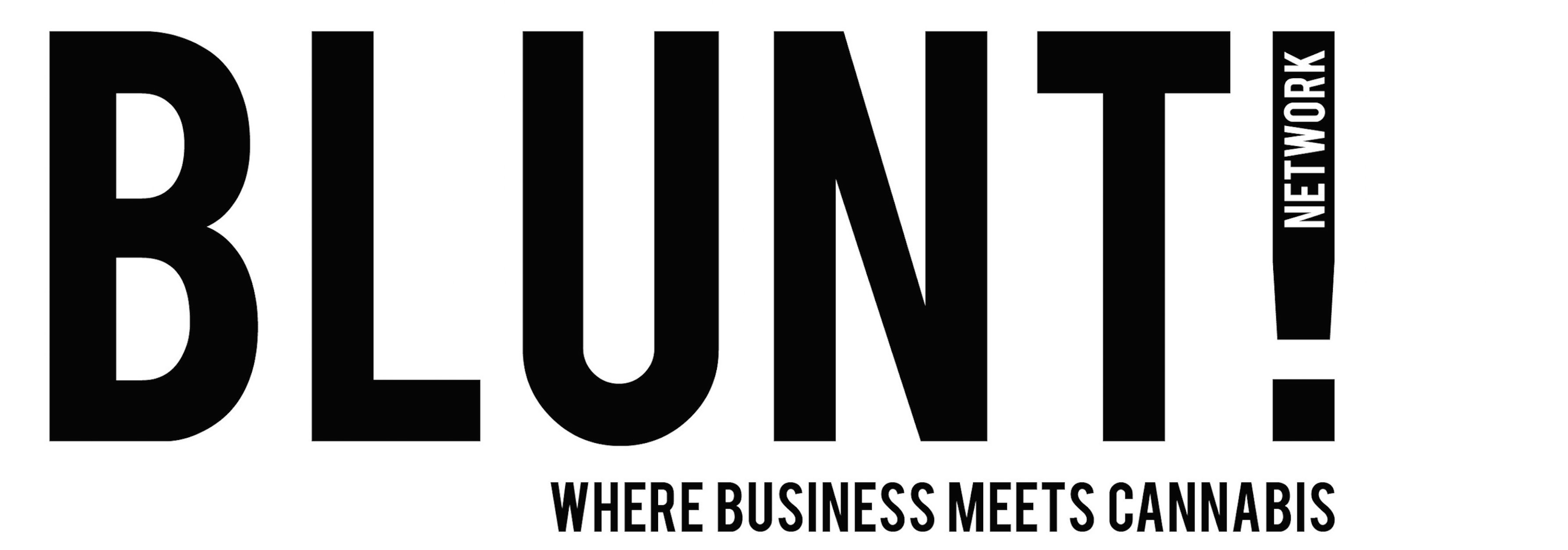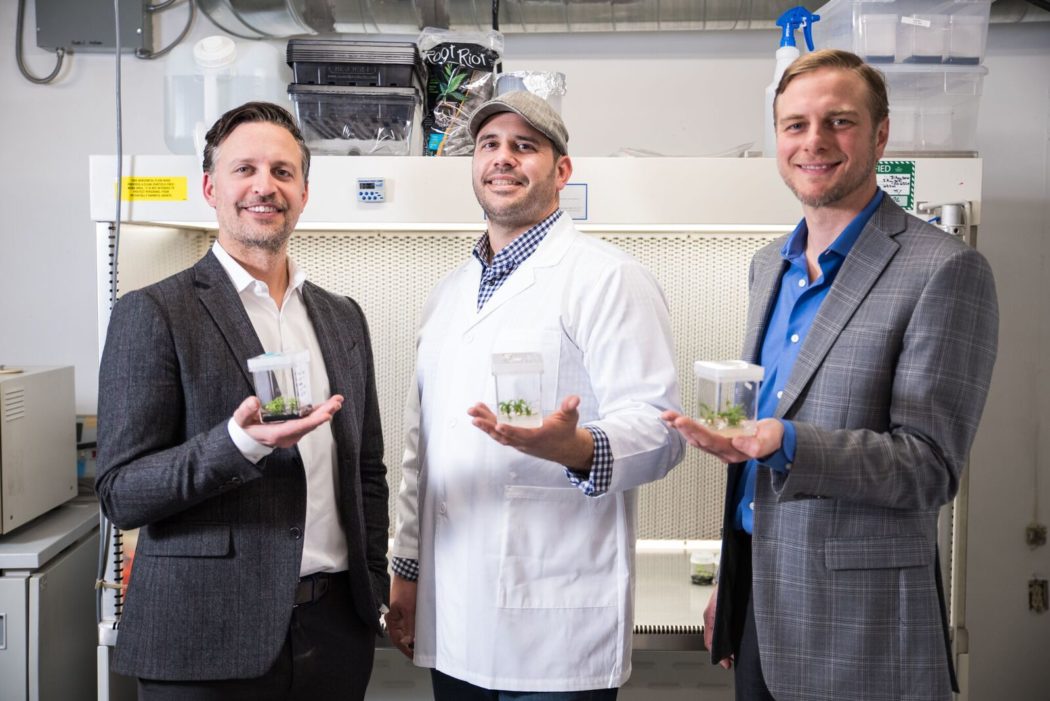Front Range Biosciences Wants to Improve Your Crop
Colorado start-up Front Range Biosciences recently raised $1.5 million to build out its tissue culture program for marijuana growers. Blunt Network spoke to CEO Jonathan Vaught, Ph.D.
Blunt Network: Can you tell us a bit about the problem Front Range is out to solve?
Jon Vaught: Sure. Today, cultivators in the cannabis industry, given the fact that cannabis has been under prohibition for so long, haven’t had access to a lot of important technologies that allow them to produce crops more effectively, compared to other crops.
Specifically, indoor cultivation is struggling with pest prevention and control, so we use tissue culture propagation to produce clean stock or clones that are disease-free because they are produced in a sterile environment. It helps growers to maintain cleanliness, prevents disease outbreaks and provides a much more cost-effective and efficient way to produce large-scale or mass-produced clones compared to traditional cloning.
Blunt Network: How does it work?
Jon Vaught: Tissue culture works by taking small amounts of healthy plant material and then putting it through a cleaning process to remove potential pathogens, and then we get it into tissue culture. What that really means is we get it into a well-controlled micro-environment where it’s got just the specific nutrients that it needs for its specific stage of growth. It is also sterile. We can also amplify the plantlets exponentially which allows us to create a large inventory quickly in a small space. It allows the plant to have just the nutrients and the things that it needs to grow.
Once you get the tiny pieces of plant material clean and into a tissue culture chamber, then it goes into an incubator that has light and temperature control. Once again, it’s in a well-controlled container, so think about a Tupperware container. We treat it with the proper media formulation to induce things like shooting, or growth of new plant shoots, for example, and we can take that material and then we can transfer it to another type of vessel which will induce rooting. Then we take it out and we put it into a transplant medium of choice, so it could be a rockwool cube (or) a cocoa plug pod.
Blunt Network: When do your clients start to notice the difference?
Jon Vaught: We’re an early-stage company so we don’t have huge amounts of data yet comparing traditional side-by-side to tissue culture clones. What we do see is that in all the material that we take in, there’s pathogens that are endogenous to the plant tissue. These are fungal, mold, different types of bacteria, viruses that are just living in the vascular tissue of the plant. When we take them through our process and they go through several rounds of cleanup and amplification in the sterile environment of tissue culture, then we end up with plants that are now pathogen-free.
What we also know from other plants that we’ve worked with in one capacity or the other, as well as the literature and information from other agricultural industries where tissue culture is the standard for clonal propagation, you see the types of things. You see increased vigor. You see increased plant health. Plants are more robust, mainly because they’re starting out disease-free.
They don’t start out with a powdery mildew infection, for example, which is one of the things that’s killing a lot of cultivators right now. In some cases, there’s literature reports of up to 20% increases in yield. We haven’t shown this in cannabis yet, but we anticipate showing improvements in yield, in addition to potentially shortening the time to flower, given that these plants tend to grow much quicker and much more robust in terms of their overall performance as of baby plants.
Blunt Network: Can you describe the cleanup process?
Jon Vaught: Baby plants or even tiny cuttings with a handful of nodes, which are places where new plant growth occurs leaf stems, are delicate, so we handle them carefully. In a sterile environment we have a series of washing steps that we can use depending on the specific cultivar or varietal that we’re working with and what type of pathogens we’re looking at.
Then it goes into the tissue culture media. Then, as we start the shooting and amplification process where we induce new growth of plant shoots, begin to shoot it and grow new sprouts, basically. Sometimes the pathogen is so embedded, infected into the vascular tissue, we’ll go in and isolate healthy regions of the plant and then that gets transferred to another container. Through multiple iterations of this process, you end up with only isolating the healthiest plant tissue. That’s where you then grow your plants from, as opposed to bringing along parts of the tissue that might have been infected a certain disease.
Blunt Network: What other crops use this kind of technology?
Jon Vaught: Many plants that are clonally propagated: ornamental plants, pineapple, bananas, berries, hops. Those are the big ones. It is the way these large companies produce millions of clones per year cost-effectively, and these are low-margin crops compared to cannabis. If it works in these crops, t’s a way to do it there, so you can imagine why translating this technology into cannabis is so important and powerful.
Blunt Network: Is anything of what you do genetic modification?
Jon Vaught: No.




